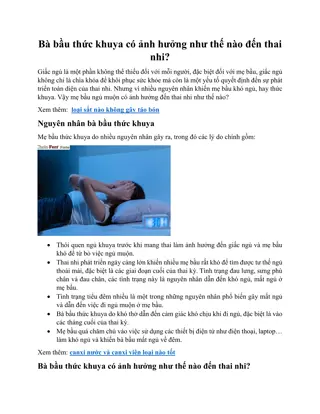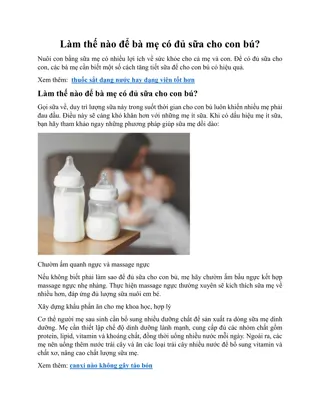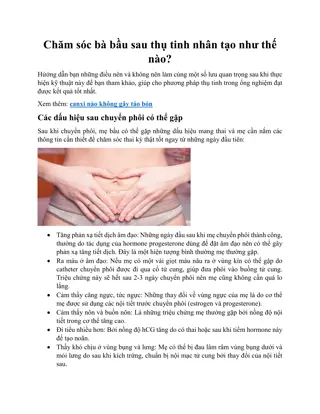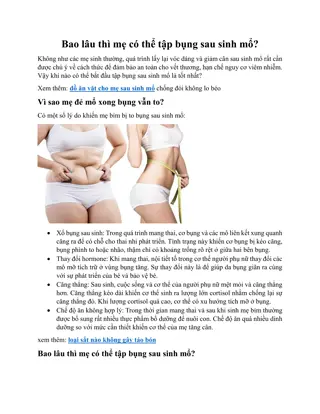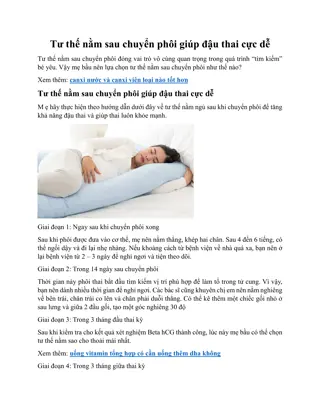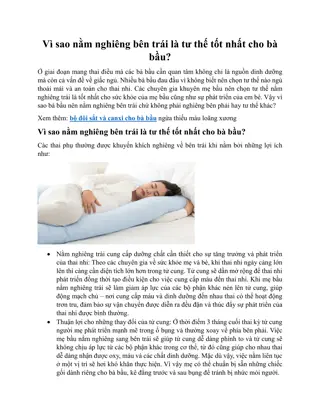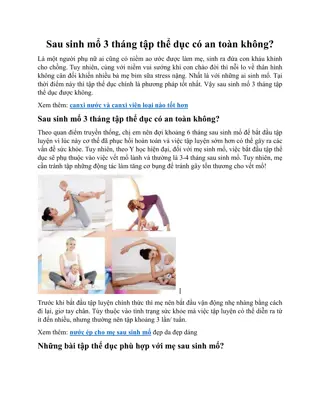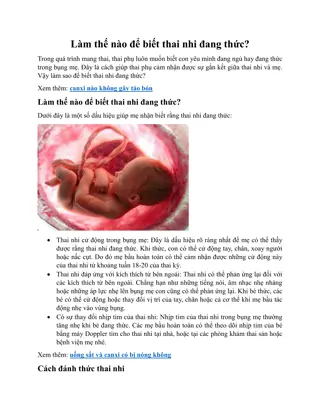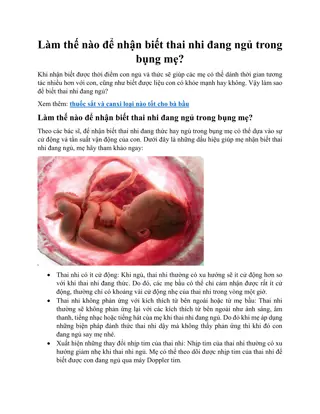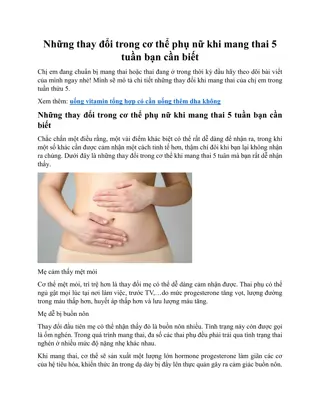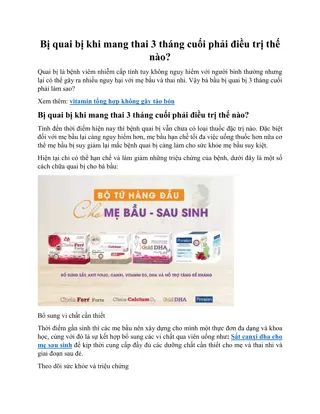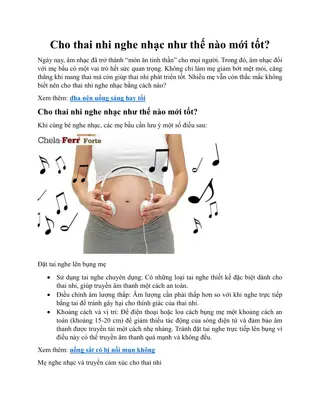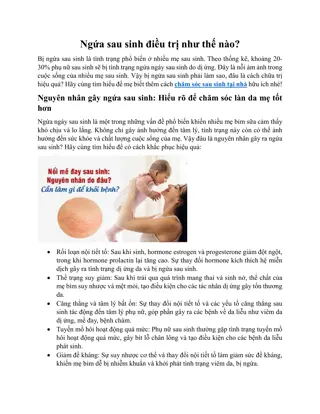Process of Investigating the World
Investigating the world involves observation, inference, prediction, classification, and making models. The scientific method guides us to state problems, gather information, form hypotheses, test them, analyze data, draw conclusions, and communicate findings. Key concepts such as controlling variables, understanding control groups, and identifying independent and dependent variables are vital in this process.
Download Presentation

Please find below an Image/Link to download the presentation.
The content on the website is provided AS IS for your information and personal use only. It may not be sold, licensed, or shared on other websites without obtaining consent from the author.If you encounter any issues during the download, it is possible that the publisher has removed the file from their server.
You are allowed to download the files provided on this website for personal or commercial use, subject to the condition that they are used lawfully. All files are the property of their respective owners.
The content on the website is provided AS IS for your information and personal use only. It may not be sold, licensed, or shared on other websites without obtaining consent from the author.
E N D
Presentation Transcript
A way or process used to investigate the world around us. Used to solve problems.
Observing Inferring Predicting Classifying Making Models
Curious Honest Open minded Skeptic Creative
1. State the problem 2. Gather information 3. Form a hypothesis 4. Test your hypothesis 5. Record and analyze data 6. Draw conclusions 7. Communicate findings
Choose an accurate number of trials Select appropriate materials Eliminate bias Control variables
Control: Constants: (same) Independent variable: (changed) Dependent variable: (measured)
Read the information below and then answer the questions. SpongeBob loves to grow flowers for his pal Sandy, who loves big, colorful flowers. He found a new brand of seeds coated with a special booster fertilizer that said it would produce huge flowers. He planted 5 of the new seeds in one container and 5 of the old brand of seeds in another container. He placed both containers on a sunny windowsill and watered them every day. He measured the diameter of each flower, which is shown in the chart. Old Seeds New Seeds 10 cm 8 cm 12 cm 14 cm 14 cm 10 cm 6 cm 12 cm 8 cm 16 cm The seeds without the fertilizer (old seeds) fertilizer 1. Which group was the control? 2. What is the independent variable? 3. What is the dependent variable? Size or diameter of the flower Old = 10 cm, New = 12 cm 4. What is the average diameter for each group? 5. Which seeds are the best for big flowers? New seeds w/ the booster
Read the information below and then answer the questions. SpongeBob and Patrick love to go jellyfishing. They wondered if a new brand of jellyfish bait would help them catch more jellyfish. To test their idea, they bought a big container of bait for their next 3 trips to their top-secret fishing spot. SpongeBob fished without any bait, while Patrick used the new bait. Both of them kept track of how many jellyfish they caught in 30 minutes, which is shown in the chart. SpongeBob 25 Patrick 24 18 28 26 19 1. Which person was the control? SpongeBob 2. What is the independent variable? Jellyfish Bait 3. What is the dependent variable? Number of jellyfish caught 4. Based on the data, how would you rate the new bait? The bait appears to have helped a small amount, but shouldn t be rated as a great deal. Overall Patrick caught 2 more jellyfish than SpongeBob.









